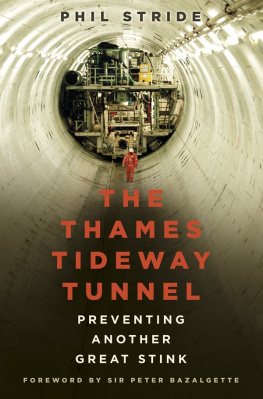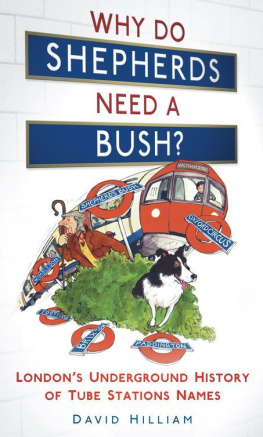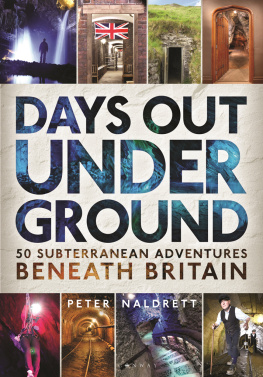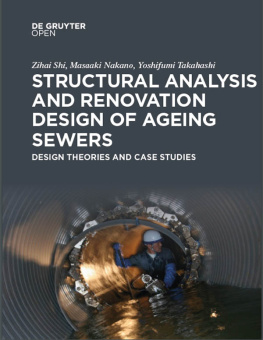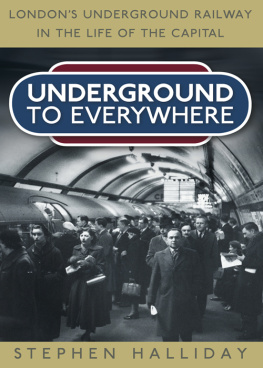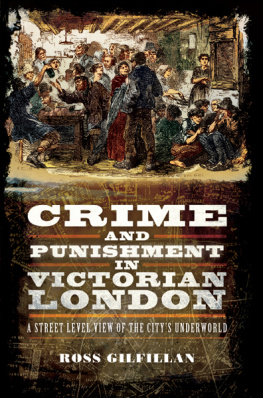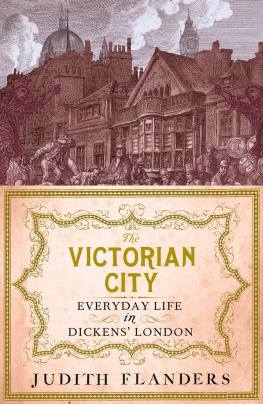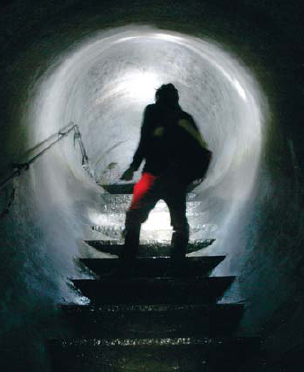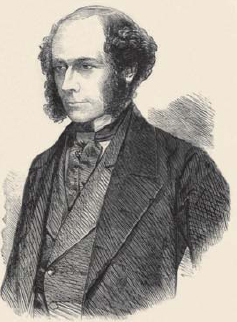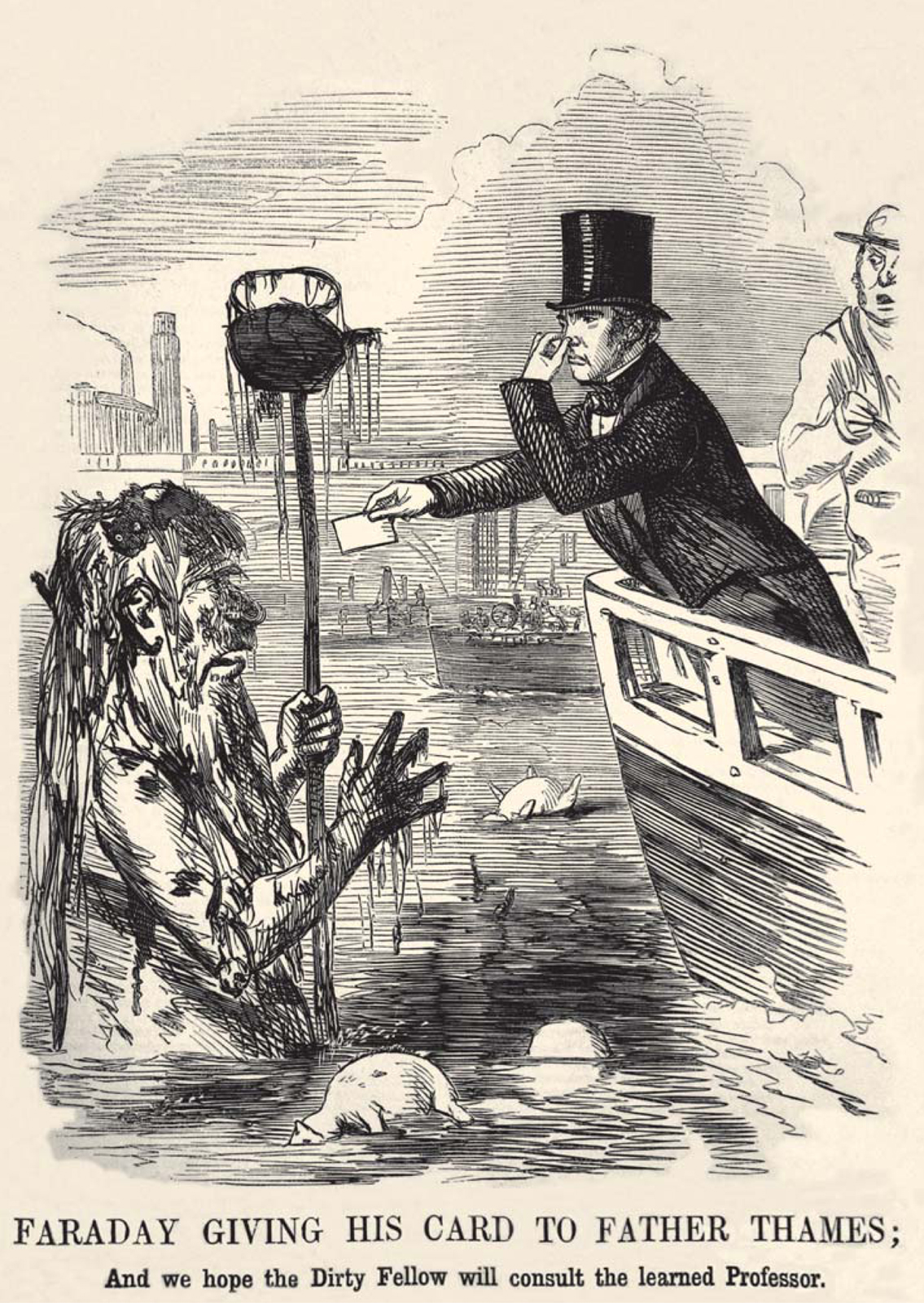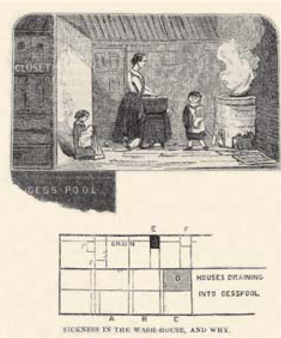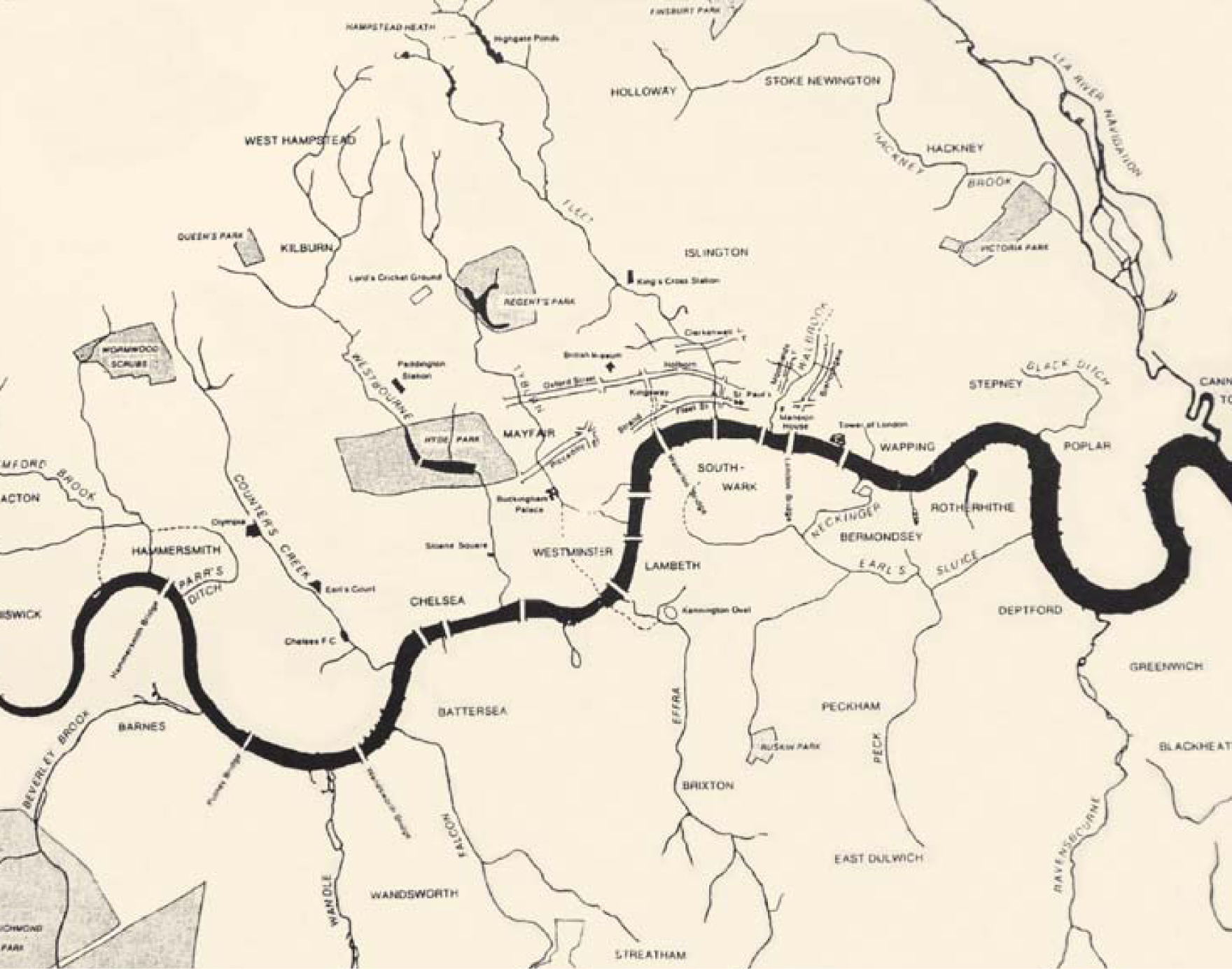LONDONS SEWERS
Paul Dobraszczyk
View inside a storm drain under Brockwell Park in Brixton.
SHIRE PUBLICATIONS
Subterranean surveyors inspecting repairs to the Fleet sewer, as shown in the Illustrated London News in 1854.
CONTENTS
INTRODUCTION
M OST OF US take for granted the existence of effective forms of waste disposal in cities like London; the sewers beneath the city are generally invisible spaces that we would prefer not to think about. Yet, we owe their very existence to a Victorian revolution no less momentous than that which brought about better-known underground spaces in London, such as the Tube. Indeed, in the mid-Victorian period, sewers were a topic of polite conversation, endlessly debated by both sanitary reformers and the general public. For it was the Victorians, and particularly one man, the engineer Sir Joseph Bazalgette (181991), who transformed Londons sewers from a piecemeal and crumbling medieval system into the main drainage system of intercepting sewers that is still in place today.
Portrait of a young Joseph Bazalgette featured in the Illustrated London News in 1859, the year his main drainage system for London began to be constructed.
The London sewers form an intricate, complex structure. Mirroring Victor Hugos famous description of the Paris sewers in his epic novel Les Misrables (1862), they can be thought of as being like a vast tree: the smallest twigs of that tree are the citys household drains; the larger branches the street sewers to which those smaller household drains connect; the largest branches and trunk the main drainage system of intercepting and outfall sewers, with the whole arrangement of twigs, branches and trunk representing the citys complete sewerage system. This book focuses on the development of the largest of these branches, that is, the main drainage system, which consists of very large sewers designed to intercept waste from existing street sewers and divert it from west to east across London, eventually discharging their contents into the River Thames outside the built-up area. For it was the construction of these sewers, masterminded by Bazalgette, which transformed current thinking on how to deal with human waste in a metropolis such as London.
The book will tell the story of this transformation, beginning with an overview of the sanitary crisis that precipitated it, when London was a city bedevilled with filth and the overpowering stench of human waste. Sanitary reformer Edwin Chadwick (180090) played a key role, drawing attention to Londons lack of effective sanitation and the threat of disease (particularly cholera) and then remapping London, building new sewers and cleansing the old ones. Bazalgettes contribution was equally significant, resulting in a new system of sewers that he designed and whose construction he supervised, despite opposition and many setbacks. His magnificent pumping stations cathedrals of sewage formed a vital part of the new system as well as glorifying its achievements. Since their construction, Londons sewers have inspired literature and film and are now being explored by the more adventurous. As well as being an extraordinary engineering achievement, it is clear that Londons sewers are spaces that continue to stimulate the imagination.
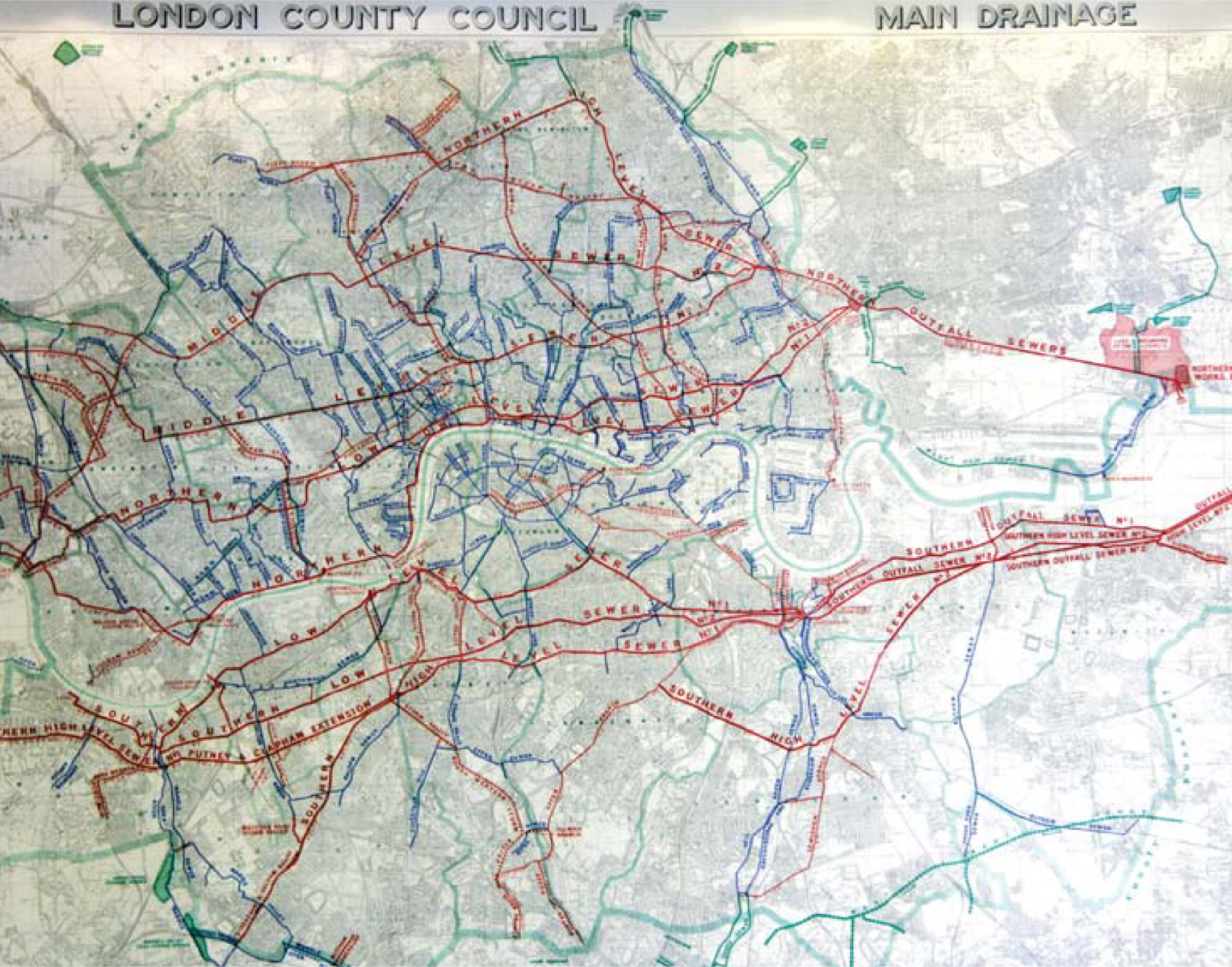
Large-scale map of Londons main sewer network as it was in 1934.
An illustration from Punch showing Michael Faraday confronting the filthy symbol of Londons river, Father Thames, during his 1855 trip on the Thames to test the condition of its water.
THE FILTHY CITY
L ONDON S SEWERS have always been seen as somehow representative of the city as a disease-ridden and filthy environment. In the early seventeenth century, the poet Ben Jonson (15721637) made a journey along the River Fleet, which he famously committed to verse as On the Famous Voyage (c. 1612), describing, in nauseating detail, the horrific sights and smells he encountered in what was already then effectively a pre-modern sewer. However, it was the exponential growth of London in the early nineteenth century that propelled the condition of its sewers into wider debates about the poor quality of the urban environment. With the population of the city increasing almost threefold in the first half of the nineteenth century (from just under 1 million to 3 million), the citys sanitation, or the lack of it, became a dominating concern. What had once been an effective and sustainable system of natural drainage in London was quickly overwhelmed by the sheer numbers of people now living (and disposing of their waste) in the city.
Londons many rivers tributaries of the Thames such as the Fleet, Westbourne and Tyburn had, until the beginning of the nineteenth century, provided a ready means of draining rainwater within the built-up area of the city. The enormous expansion of London in the early nineteenth century led to these rivers being systematically built over and, coupled with the increasing (if illegal) practice of discharging human and other waste into watercourses, put an ever-increasing strain on this existing system, which had been in place for centuries.
Until the mid-nineteenth century, the normal method of disposing of human waste was to empty it into pits, known as cesspools, which were usually located close to dwellings and were often shared by several householders. These cesspools were periodically emptied and cleaned by so-called nightmen, that is, shady workers who removed the sewage from cesspools at night and were able to sell it on to farmers, who used it, in modified form, as an agricultural fertiliser.
The perils of a defective system of drainage as illustrated in the Builder in 1862, showing an overflowing cesspool directly beneath the floor of a wash house.
Ironically, another factor that contributed to the deterioration in Londons sanitary state in the early nineteenth century was the improvement in the supply of the citys drinking water. In this period, Londons private water companies replaced many of the citys medieval wooden water pipes with equivalents in cast iron, thus enabling them to deliver a more efficient supply at higher pressure. With the simultaneous invention and subsequent popularity of the flushing water closet, much greater volumes of water and sewage were being discharged into Londons rivers and its existing sewers than had previously been the case.



